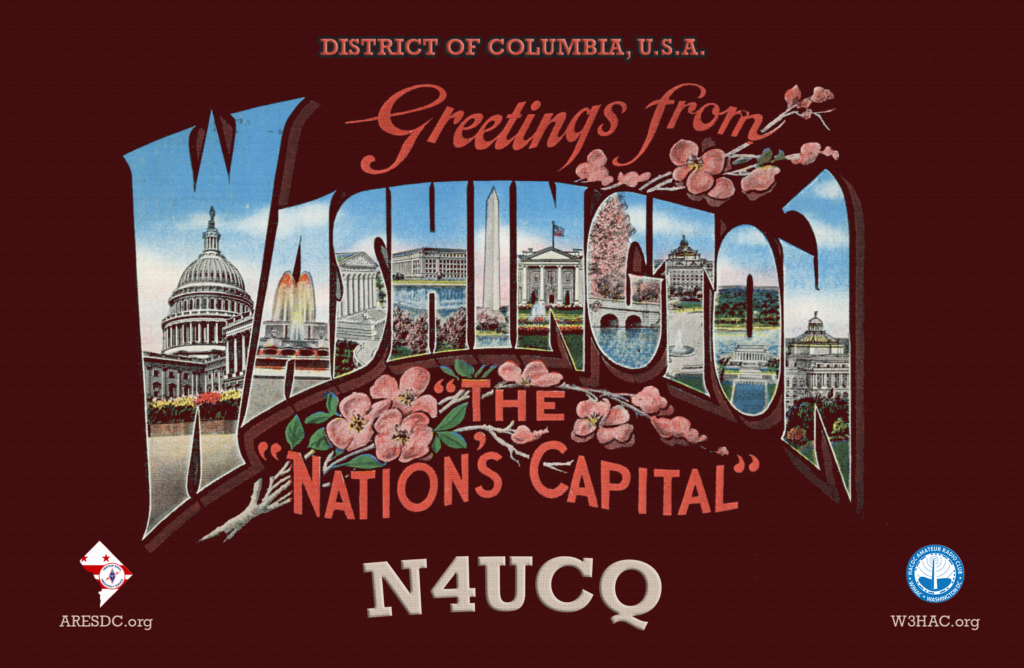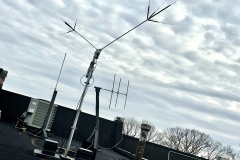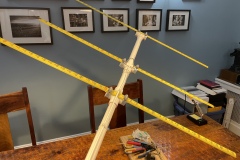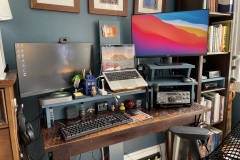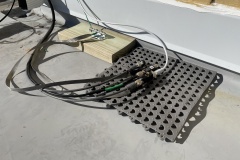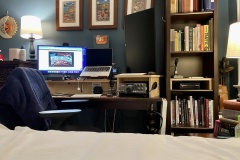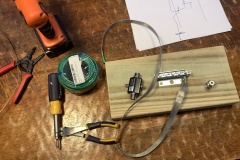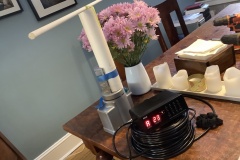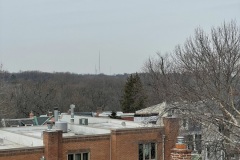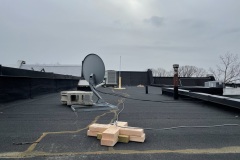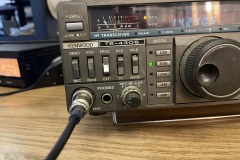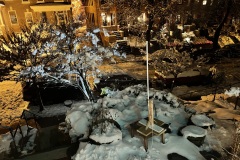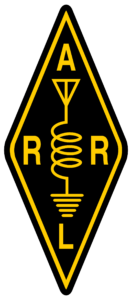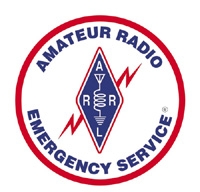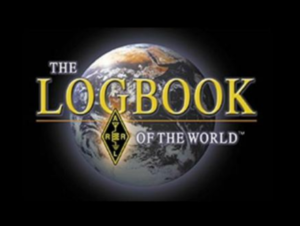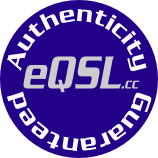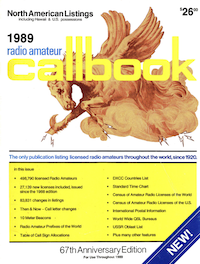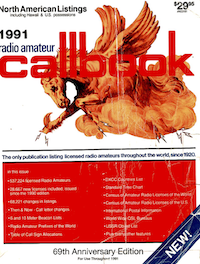Greetings from Washington, D.C., the Nation’s Capital.
Howdy! I’m Evan, N4UCQ. I’ve got licensed up to Technician in 1988 (when I was 12) with the help of my father and godfather, but am only recently turning on the radio(s) again. Upgraded to General and Extra on the same day in May 2022.
During the day, I help nonprofits figure out the best ways to talk with their donors and supporters. I work for Best Friends Animal Society, an org working to end the unnecessary killing of pets in shelters across the U.S., and operates the nation’s largest animal sanctuary. I’m occasionally an adjunct professor at Georgetown University, lecturing on the best ways to activate audiences to support causes.
I live in Washington, D.C. — more on that below — with my wife, two alarmingly great kids, and two very well-loved cats. When not distracted by ham radio, I’m generally distracted by life, kids, photography, and kayaking at the Washington Canoe Club.
I’m originally from — and first licensed in — Williamsburg, Virginia, as KC4CRZ.
The Rig
What’s being used to QSO with you.
HF
Kenwood TS-430s, Diamond Antenna HFV-5 at 35′ above grade/232′ above sea level, RCA VH226F Outdoor TV Antenna Rotator, MFJ-949E Deluxe Versa Tuner II Antenna Tuner, Samlex SEC-1223 Desktop 23A Switching Power Supply.
VHF/UHF
Anytone AT-D878UVII Plus, Tram Pre-Tuned VHF/UHF Amateur Dual-Band Base Antenna (base) at 35′ above grade/232′ above sea level, Nagoya UT-72 Super Loading Coil 19-Inch Magnetic Mount Antenna (mobile), Nagoya NA-771 15.6-Inch Whip VHF/UHF Antenna (handheld).
Remote @ W3HAC
Kenwood TS-590s, a Cushcraft A3S three element Yagi (20/15/10 meters), seven element M2 Yagi (6 meters) at 65ft.
Where to find me.
A lack of antenna keeps me mostly off HF, so I’m on 2m at the moment, including DMR off local repeaters. It’s awkward (to say the least) being a ham in the big city, with urban density, tiny houses, and local regulations interfering with even the basics needed for a ham bench. And, living in a historic district only makes it more interesting.
When not on-air, I’m working with small group of people to rejuvenate our local amateur radio club, W3HAC, helping rebuild the website and rethink their communications.
If you’re looking for QSL, I’m on these digital logbooks on a regular basis. But, honestly, I’m most excited about paper — and mail a paper card for every QSO:
QTH
Mt. Pleasant village, Washington, D.C.
Located 20 blocks north of the White House in Washinton, D.C., I’m in Mt. Pleasant — one of the most diverse and most historic neighborhoods in D.C.
Grid: FM18lw. CQ Zone: 5. ITU Zone: 8. Latitude: 38.9335366 / 38° 56′ 0″ N Longitude: -77.043574 / 77° 2′ 36″ W. ARRL/RAC: MDU. APRS: N4UCQ-9. Time Zone: GMT-5. Altitude: 197ft.
It’s the answer, it’s the reason
3-2-1 Contacts
History
The origins of the hobby.

Photo: My father, Harrie Parker, KC4CSA/sk, working the WAARC field day in July 1988, near York, Virginia.

